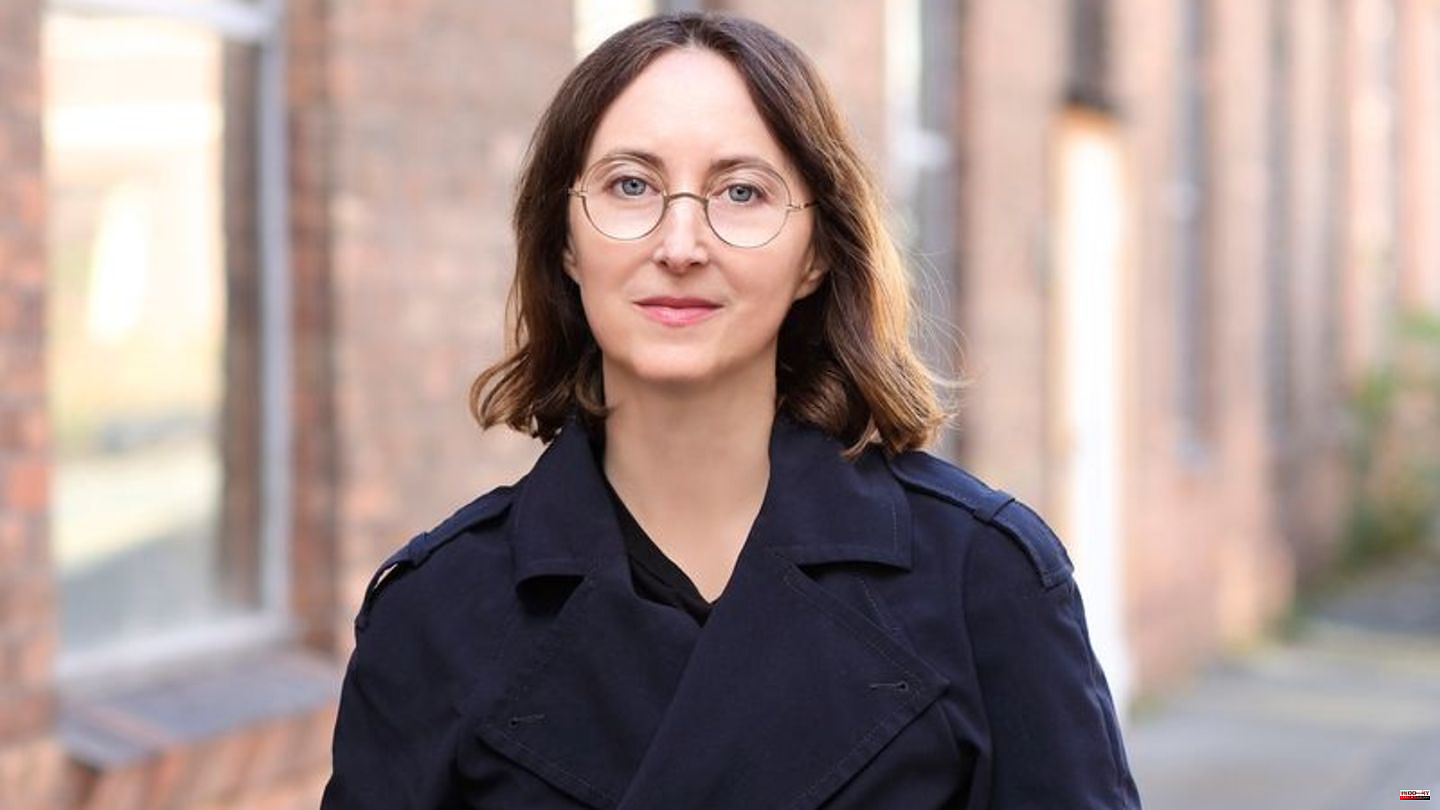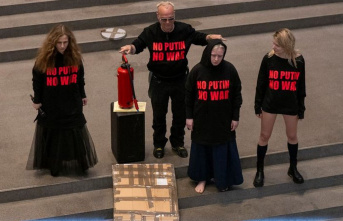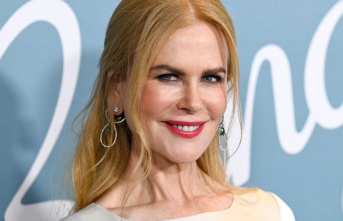At the end of the Venice Art Biennale, those responsible for the German Pavilion gave a positive assessment of the representation at the international show. The most important presentation for contemporary art next to the documenta in Kassel is coming to an end this Sunday after seven months.
The Berlin artist Maria Eichhorn has made the past of the building visible with "Relocating a structure". The Nazis had monstrously expanded the building that was built as the Bavarian Pavilion. Eichhorn uncovered the interfaces. Bricked-up passageways became visible behind the plaster, former outer walls, old connections, Nazi concrete on brick walls. Eichhorn also used the catalog and guided tours in the city to address the resistance in Venice and the consequences of fascism.
According to the German Pavilion, the contribution was very positively received and discussed right from the start. As part of the work, guided tours were offered twice a week to monuments and places in Venice commemorating the activities of the anti-fascist resistance and the deportation of the Jewish population. The city tours - some accompanied by Eichhorn - were very well received with a total of more than 600 bookings.
Lots of likes on social media
"Hardly any other German contribution before has integrated the Venetian urban space in such a close way," was the verdict of the Institute for Foreign Cultural Relations, which is responsible for the pavilion. Eichhorn made an important contribution "to the way contributions to the Biennale should be thought of". In a city like Venice in particular, the ratio of residents to tourists is disproportionate.
From the point of view of curator Yilmaz Dziewior, too, the course of the Biennale was very successful for the German Pavilion, also because it triggered many discussions. "During my visits to the pavilion, I was able to experience how intensively Maria Eichhorn's contribution had an effect on some visitors," said the director of the Ludwig Museum in Cologne to the German Press Agency. Also interesting for him: "The German Pavilion is one of those that has received the most likes on social media."
Eichhorn herself sees her future work influenced by her engagement with the pavilion. "For me and my way of working, the artistic approach has been fulfilled in the collaboration with local groups and opened up a perspective that points beyond the narrowly defined area of the Biennale to the resistance potential of art as soon as it refers to social developments and, if necessary, joins forces with them," Eichhorn told the dpa in Berlin.
Mostly positive feedback
The vast majority of visitors responded positively to the critical survey of German history and the Biennale as an institution. "A lot of people reacted concerned or were moved," said Eichhorn. Only a minority, mainly German visitors, reacted negatively. "For them, the National Socialist structure of the German Pavilion is part of the national heritage and there must be an end to criticism of German history and the present," reported Eichhorn about her impressions.
The 60-year-old lived in the lagoon city for several months during the Biennale year. "During this time I shot a total of eight films in Venice, which complete my contribution to the German Pavilion and are currently being completed," said Eichhorn.
The artist followed, for example, Gerhard Richter (1972), Joseph Beuys (1976), Hans Haacke (1993), Rosemarie Trockel (1999), Isa Genzken (2007) and Christoph Schlingensief (2011). There have been several Golden Lions for works from Germany, most recently in 2017 for Anne Imhof.
This year, the Biennale refreshed the traditionally white and male-dominated art scene in terms of diversity. With the award of two internationally acclaimed artists from the black community, the jury set a clear signal. The Briton Sonia Boyce and the American Simone Leigh received the most important prizes of the art show with two Golden Lions.
Reconstruction work is now pending
The much-praised biennial exhibition "The Milk of Dreams" by the New York-based curator Cecilia Alemani also had a clearly feminist touch. Among the 213 artists from 58 countries with more than 1500 works, women were clearly in the majority. Alemani justified this with "the greatest talents". Those responsible for the Biennale spoke of an "incredible edition" of the art show. They have announced their balance sheet for this Saturday.
With the end, the German Pavilion faces rapid demolition work to make room for the Architecture Biennale, which begins in May. Remnants of earlier work should not be removed in the process. The subway shaft uncovered by Eichhorn, which Martin Kippenberger had built in 2003, will also remain under the building.
After criticism of the appointment procedure for the curator, changes are also foreseeable. Dziewior himself was a member of the selection committee without taking part in the election. According to the Institute for Foreign Relations (ifa), the procedure will be completely redesigned. "Ifa and the Federal Foreign Office are currently working in close cooperation on a new concept for a fair and transparent appointment procedure."












